Café com Física Especial – Quantum Information Science with Trapped Ca+ Ions
In this talk, the basic toolbox of the Innsbruck quantum computer based on strings of trapped Ca+ ions will be reviewed [1] and an overview will be given on our current experiments in the field of quantum information 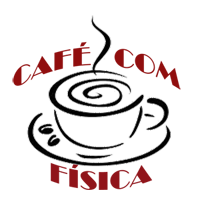 science.
science.
For quantum information processing, the toolbox operations are used to encode one logical qubit in entangled states distributed over seven trapped-ion qubits. We demonstrate the capability of the code to detect one bit flip, phase flip or a combined error of both, regardless on which of the qubits they occur.
Furthermore, we apply combinations of the entire set of logical single-qubit Clifford gates on the encoded qubit to explore its computational capabilities [2].
With the quantum toolbox both analog and digital quantum simulations are carried out [3].
The basic simulation procedure will be presented and its application will be discussed for a variety of spin Hamiltonians.
Including a carefully controlled dissipation mechanism, the toolbox even allows for the quantum simulation of open systems [4].
With long ion strings, the quantum toolbox is applied to investigate the propagation of entanglement in a quantum many-body system represented by the trapped-ion qubits [5].
[1] P. Schindler et al., New. J. Phys. 15, 123012 (2013).
[2] D. Nigg, M. Müller et al., Science 345, 302 (2014).
[3] R. Blatt and C. F. Roos, Nature Phys. 8, 277 (2012).
[4] J. T. Barreiro et al., Nature 470, 486 (2011).
[5] P. Jurcevic, et al., Nature 511, 202 (2014).
Prof. Rainer Blatt – Institute for Experimental Physics – University of Innsbruck – Institute for Quantum Optics and Quantum Information – Austrian Academy of Sciences.




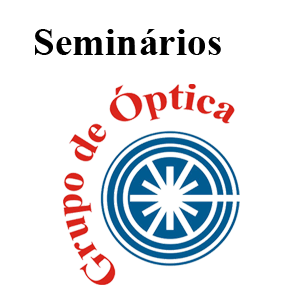 A ressonância de Fano, descoberta no ramo da física atômica por Ugo Fano, é uma característica marcante de sistemas quânticos abertos. Sendo um fenômeno de interferência, essa ressonância também se manifesta em óptica clássica e pode ser descrita dentro do formalismo de Lorenz-Mie. Com os avanços técnicos na engenharia de nanoestruturas plasmônicas e metamateriais, o “efeito Fano” tem se tornado uma importante ferramenta para o controle das interações dos modos eletromagnéticos no espalhamento de luz por nanopartículas. Graças ao perfil assimétrico da ressonância de Fano, que possui um pico de ressonância muito próximo espectralmente de uma antirressonância, sistemas exibindo o efeito Fano são altamente sensíveis ao ambiente dielétrico local. De fato, a interferência entre os modos reemitidos pelo centro espalhador no dielétrico circundante pode dar origem tanto ao aumento de intensidade do campo eletromagnético próximo quanto à sua supressão ressonante. Neste seminário, abordaremos algumas das modernas aplicações envolvendo ressonâncias de Fano em plasmônica, bem como resultados teóricos que publicamos recentemente acerca deste tema .
A ressonância de Fano, descoberta no ramo da física atômica por Ugo Fano, é uma característica marcante de sistemas quânticos abertos. Sendo um fenômeno de interferência, essa ressonância também se manifesta em óptica clássica e pode ser descrita dentro do formalismo de Lorenz-Mie. Com os avanços técnicos na engenharia de nanoestruturas plasmônicas e metamateriais, o “efeito Fano” tem se tornado uma importante ferramenta para o controle das interações dos modos eletromagnéticos no espalhamento de luz por nanopartículas. Graças ao perfil assimétrico da ressonância de Fano, que possui um pico de ressonância muito próximo espectralmente de uma antirressonância, sistemas exibindo o efeito Fano são altamente sensíveis ao ambiente dielétrico local. De fato, a interferência entre os modos reemitidos pelo centro espalhador no dielétrico circundante pode dar origem tanto ao aumento de intensidade do campo eletromagnético próximo quanto à sua supressão ressonante. Neste seminário, abordaremos algumas das modernas aplicações envolvendo ressonâncias de Fano em plasmônica, bem como resultados teóricos que publicamos recentemente acerca deste tema .
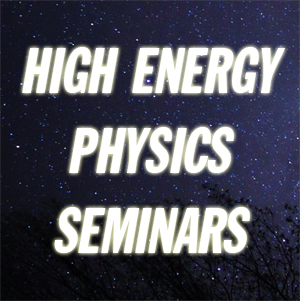 New heavy quarks are predicted in various scenarios of new physics; depending on their nature they can mix with SM quarks or they can even mediate the production of dark matter states. Theoretically-motivated scenarios of new physics in general predict the
New heavy quarks are predicted in various scenarios of new physics; depending on their nature they can mix with SM quarks or they can even mediate the production of dark matter states. Theoretically-motivated scenarios of new physics in general predict the Ao longo da história da óptica, e de fato até relativamente recentemente, acreditava-se que todo meio óptico fosse linear, ou seja, que os processos ópticos pudessem ser descritos por uma polarização induzida proporcional a amplitude do campo elétrico da luz. Contudo, a partir do desenvolvimento do laser foi possível estudar a interação da luz com a matéria no regime de altas intensidades, permitindo observar que meios ópticos respondem de maneira não linear com a amplitude do campo incidente. Sendo assim, a óptica não linear estuda fenômenos que ocorrem como consequência da modificação das propriedades ópticas de um sistema material pela presença de luz intensa, tipicamente obtida com laseres de pulsos ultracurtos. A partir de então, vários efeitos não lineares foram descobertos, permitido aprofundar o conhecimento a respeito da interação da luz com a matéria, bem como uma revolução tecnológica em óptica com implicações em diversas áreas.
Ao longo da história da óptica, e de fato até relativamente recentemente, acreditava-se que todo meio óptico fosse linear, ou seja, que os processos ópticos pudessem ser descritos por uma polarização induzida proporcional a amplitude do campo elétrico da luz. Contudo, a partir do desenvolvimento do laser foi possível estudar a interação da luz com a matéria no regime de altas intensidades, permitindo observar que meios ópticos respondem de maneira não linear com a amplitude do campo incidente. Sendo assim, a óptica não linear estuda fenômenos que ocorrem como consequência da modificação das propriedades ópticas de um sistema material pela presença de luz intensa, tipicamente obtida com laseres de pulsos ultracurtos. A partir de então, vários efeitos não lineares foram descobertos, permitido aprofundar o conhecimento a respeito da interação da luz com a matéria, bem como uma revolução tecnológica em óptica com implicações em diversas áreas.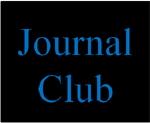 Several studies have suggested glycerol as a candidate for hydrogen production (C3H5(OH)3 + 3H2O ⟶ 3CO2 + 7H2, ΔH = 225.29 kJ/mol). The promising results of steam reforming of glycerol on the Pt, Pd, Ni and Cu-based materials have been obtained in several experimental studies, however, the interaction mechanism between glycerol and transition-metal surfaces is still not well-understood. In this talk, the interaction mechanism between glycerol and Pt surfaces along with the adsorption, structural and electronic properties of glycerol on (111), (100), (110) Pt surfaces will be discussed based on initio dispersion corrected density functional theory calculations [1]. Moreover, the role of the defects on the Pt surface on the adsorption properties of glycerol will be also highlighted [2].
Several studies have suggested glycerol as a candidate for hydrogen production (C3H5(OH)3 + 3H2O ⟶ 3CO2 + 7H2, ΔH = 225.29 kJ/mol). The promising results of steam reforming of glycerol on the Pt, Pd, Ni and Cu-based materials have been obtained in several experimental studies, however, the interaction mechanism between glycerol and transition-metal surfaces is still not well-understood. In this talk, the interaction mechanism between glycerol and Pt surfaces along with the adsorption, structural and electronic properties of glycerol on (111), (100), (110) Pt surfaces will be discussed based on initio dispersion corrected density functional theory calculations [1]. Moreover, the role of the defects on the Pt surface on the adsorption properties of glycerol will be also highlighted [2].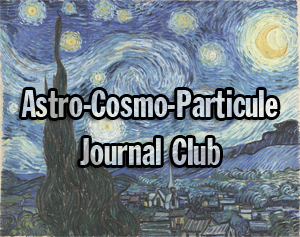 Nosso objetivo é reunir estudantes e cientistas interessados em discutir temas relevantes da física de partículas, cosmologia e astrofisica de partículas. Todos estão convidados a participar das reuniões, mas aconselhamos que se leia o artigo com antecedência, para que se possa acompanhar a discussão.
Nosso objetivo é reunir estudantes e cientistas interessados em discutir temas relevantes da física de partículas, cosmologia e astrofisica de partículas. Todos estão convidados a participar das reuniões, mas aconselhamos que se leia o artigo com antecedência, para que se possa acompanhar a discussão.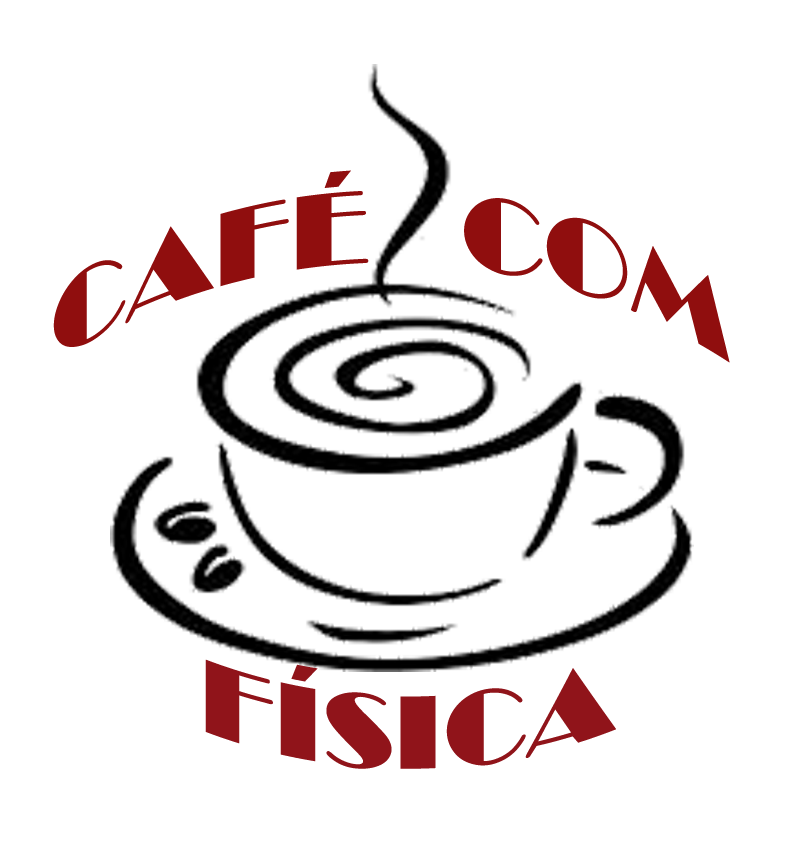
 nanometer scale have allowed their exploration for applications in many fields, including biological and biomedical areas.
nanometer scale have allowed their exploration for applications in many fields, including biological and biomedical areas.